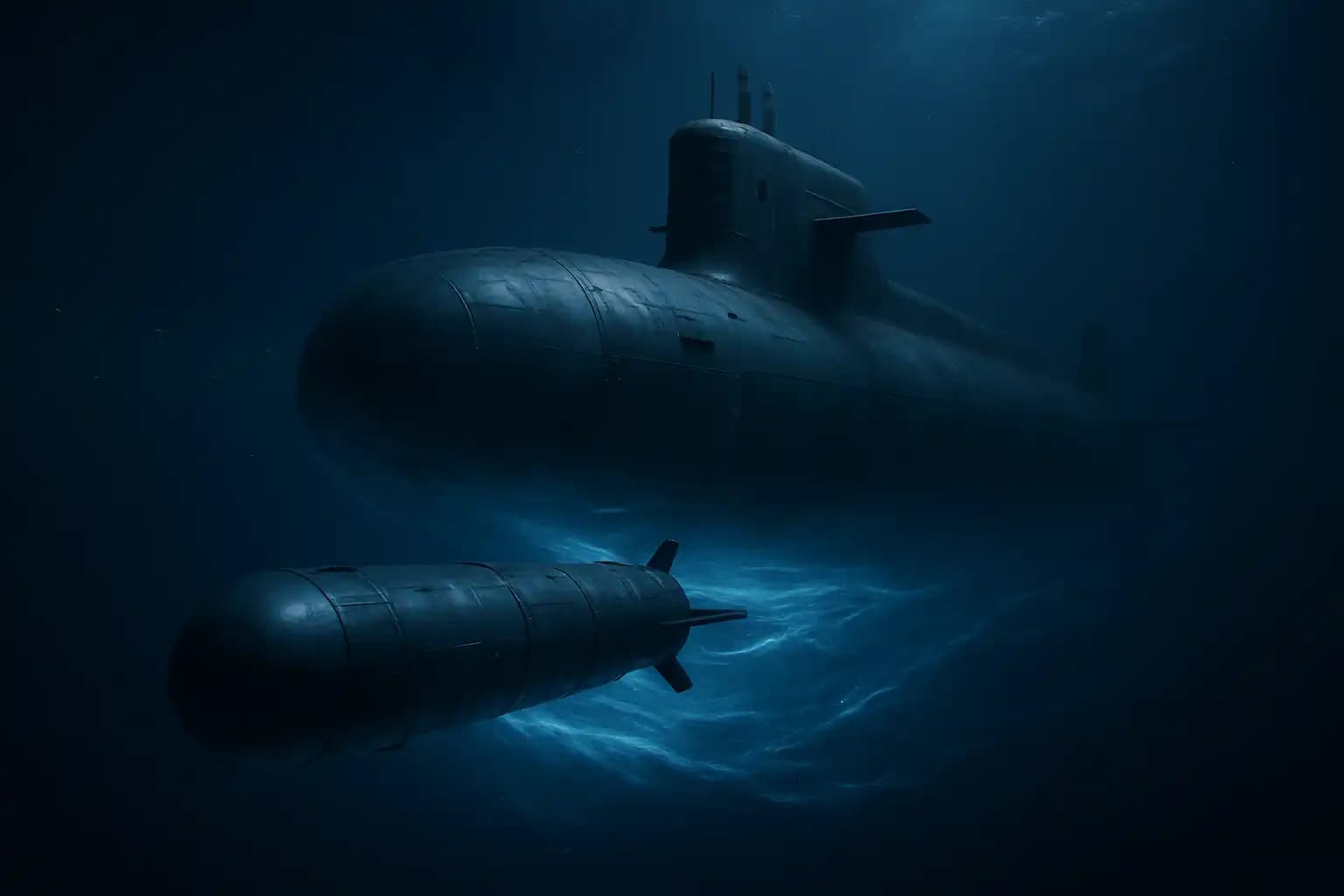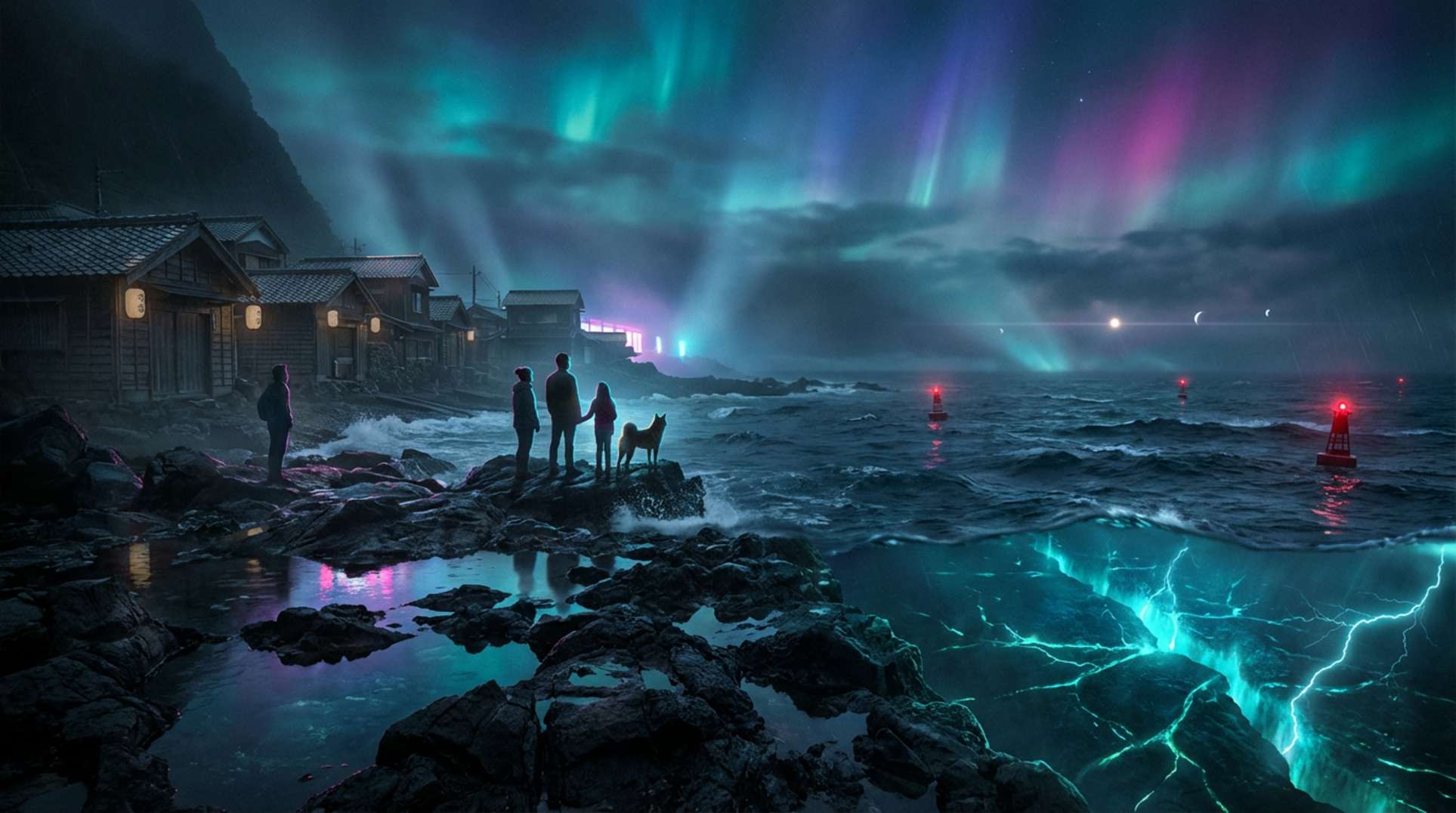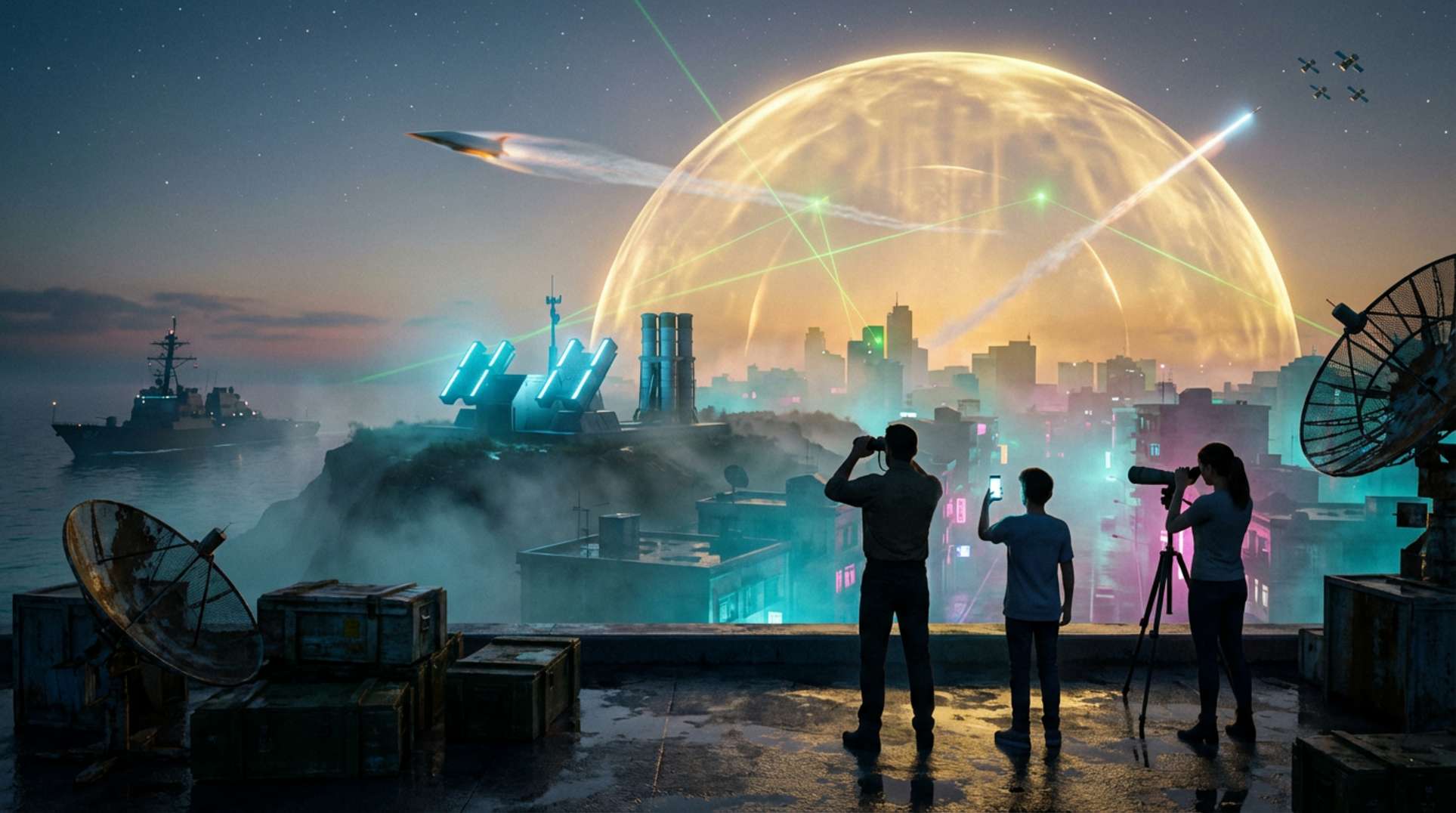In a striking escalation of the global arms race, Russia has tested its Poseidon nuclear-capable torpedo, a weapon President Vladimir Putin claims is unmatched and designed to evade every known missile defense system. Publicly revealed in 2015, Poseidon achieved a successful submarine-launched test in late October 2025. Its power and purpose are fueling strategic debates and public nightmares worldwide (Reuters).
Poseidon Superweapon: Range, Power, and Catastrophic Design
Poseidon is not an ordinary submarine-launched nuclear system. It functions as an autonomous underwater vehicle, capable of traveling up to 10,000 kilometers at nearly 185 km/h—launching from specialized submarines like the Belgorod. Its design merges the concepts of a colossal torpedo and a strategic drone, remaining submerged for months before activation for devastating effect. During the recent test, Putin emphasized the successful launch of both the weapon and its nuclear power unit, asserting “there is nothing like this” worldwide.
Military analysts suggest Poseidon is engineered to obliterate enemy coastlines, delivering a nuclear payload that could create immense radioactive oceanic waves—an alarming evolution of nuclear strategy. For a deeper understanding of the broader arms escalation, see this ongoing escalation drill analysis and the shadow of missile innovation over global diplomacy in this geopolitical report.
Cobalt Bomb Fallout: Why the Poseidon Is ‘Worse Than a Nuke’
Why is Poseidon particularly alarming? Global experts and Western intelligence assert that its warhead may utilize a “cobalt bomb” design, with a yield possibly reaching 100 megatons—double that of the infamous Tsar Bomba. When detonated near a coastline, it could cause not only a catastrophic explosion but also long-lasting radioactive contamination. Specialist reviews in Newsweek indicate that the detonation could render an area 1,700 km long and 300 km wide uninhabitable due to radioactive cobalt fallout. This fallout—distinct from traditional underwater nuclear strikes—could turn vast ocean areas into dead zones, with radioactive “tsunamis” devastating everything in their path.
These scenarios evoke apocalyptic thought experiments while grounding real scientific anxieties, as detailed in publicly-reported specifications from the Status-6 (Poseidon) program. For further analysis on the future of existential threats and mass disruption, explore this science feature and related military case studies in this in-depth review.
Strategic Reactions and Geopolitical Shockwaves
Russia’s demonstration of Poseidon coincides with heightened nuclear signaling—following Burevestnik cruise missile trials and nuclear launch drills just days earlier. Vladimir Putin has framed these actions as messages to Washington, declaring an intention to “never bow to Western pressure” over Ukraine. International coverage and defense experts describe the Poseidon test as a significant escalation, as outlined in U.S. News. Lawmakers, especially in the United States and Europe, now warn that the line between strategic deterrence and environmental catastrophe is increasingly blurred.
These developments expand the nuclear policy debate beyond “silo-based” ICBMs—Poseidon aims to bypass missile shields, cruise silently, and execute a second-strike against urban coastlines in all-out conflict. Policy briefings emphasize that its autonomous operation eliminates final human oversight, raising both accidental and escalatory risks. For context on how these strategies relate to rising bunker demands and real estate booms, see recent psychology and infrastructure reporting here.
What It All Means: The Age of the Nuclear Doomsday Robotic Arsenal
The Poseidon test signifies more than grandstanding; it heralds a shift in how nuclear leverage evolves in the AI and automation era. This technology signals a future where second-strike platforms do not only hide in the Midwest but also roam the ocean depths, poised to trigger “apocalypse-level” consequences without human oversight. Fallout maps, radiological models, and escalation scenarios now extend to the ocean floor. For a detailed dive into automation, oversight, and the human role in disaster response, see this media analysis.
While most nations respond with measured rhetoric, Poseidon’s existence—its speed, endurance, and dual-use potential—erodes trust in traditional arms-control treaties, making power dynamics more unstable. As military, technological, and environmental risks increasingly overlap, maintaining a critical perspective on “doomsday” narratives—while demanding transparency and science-based policy—remains crucial. For trustworthy updates on future weapons technology and existential security, keep Unexplained.co on your radar.




